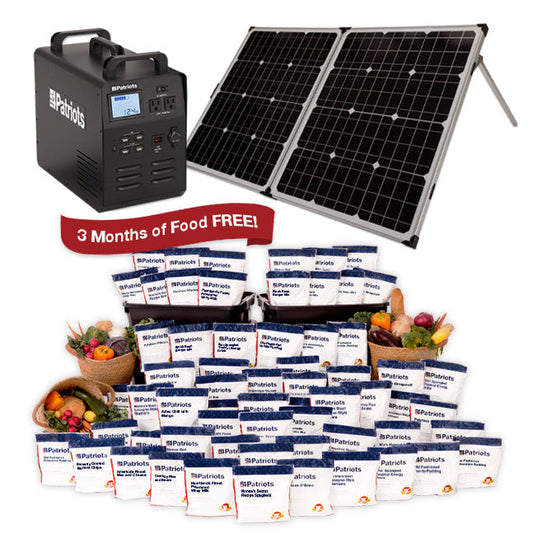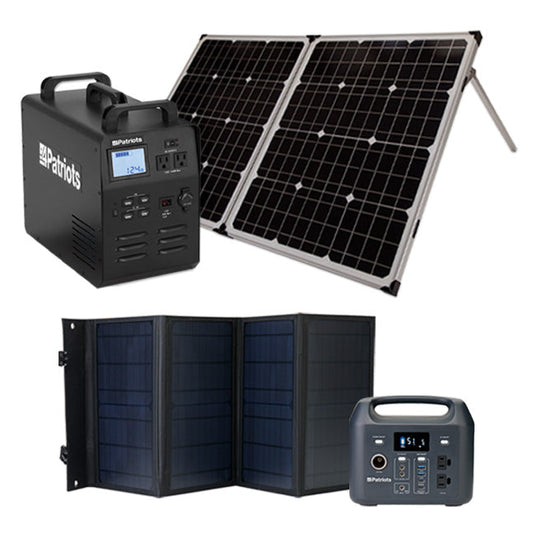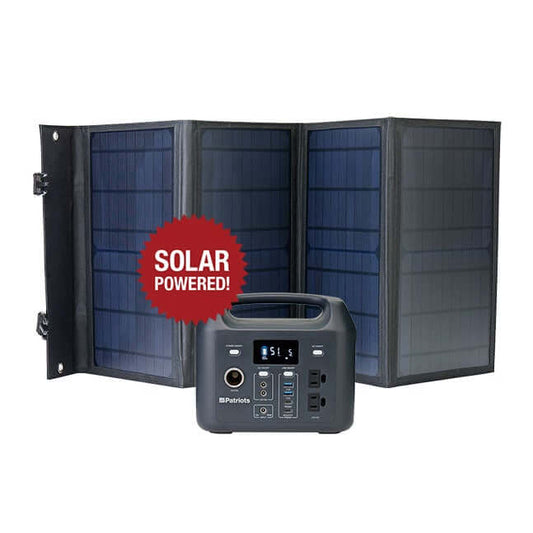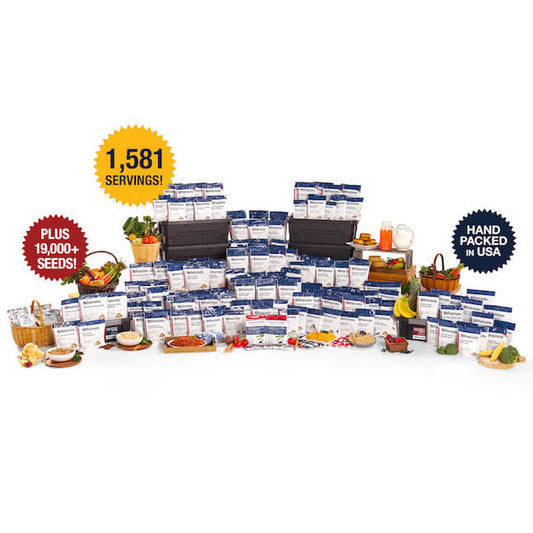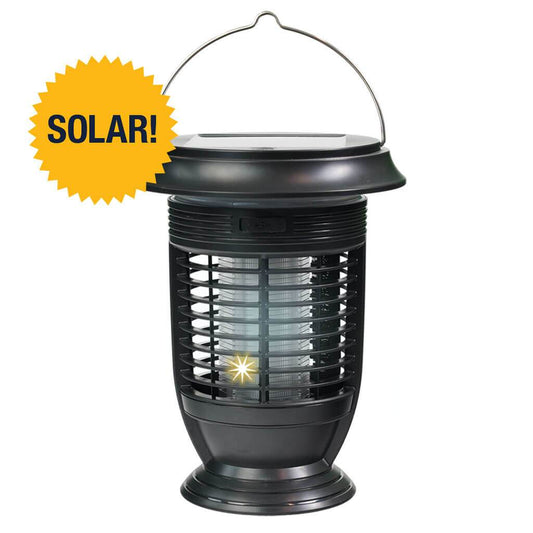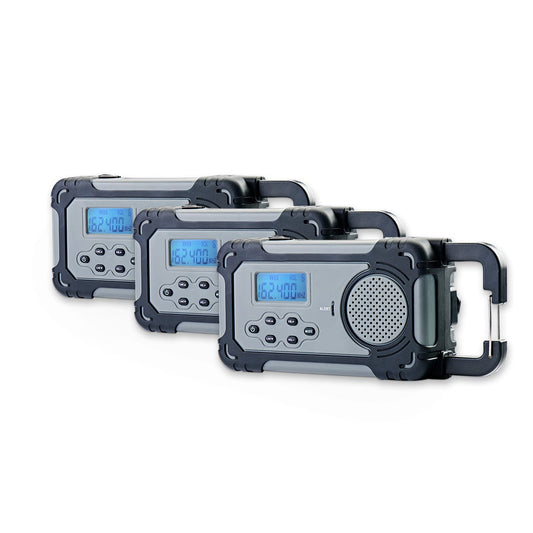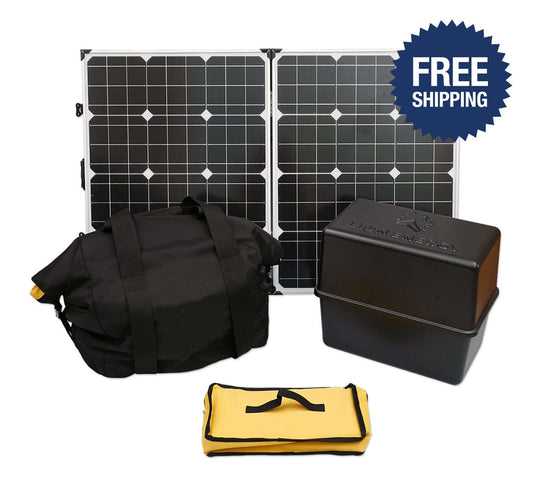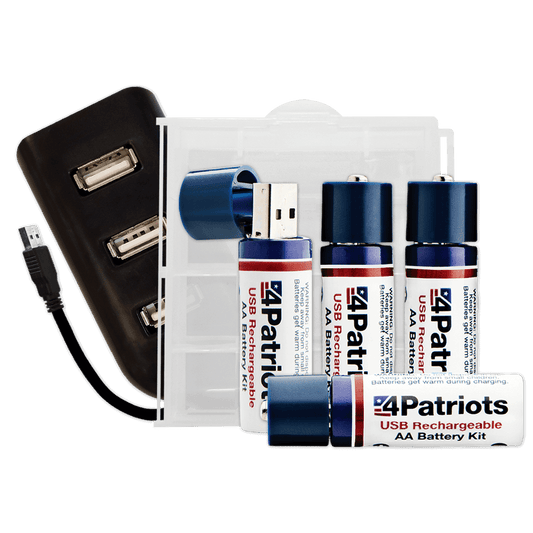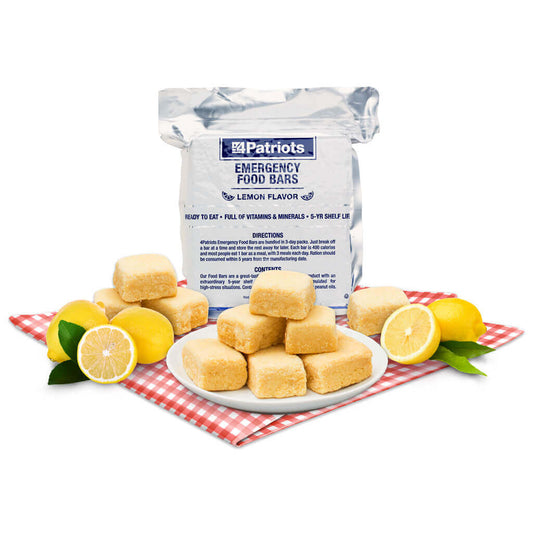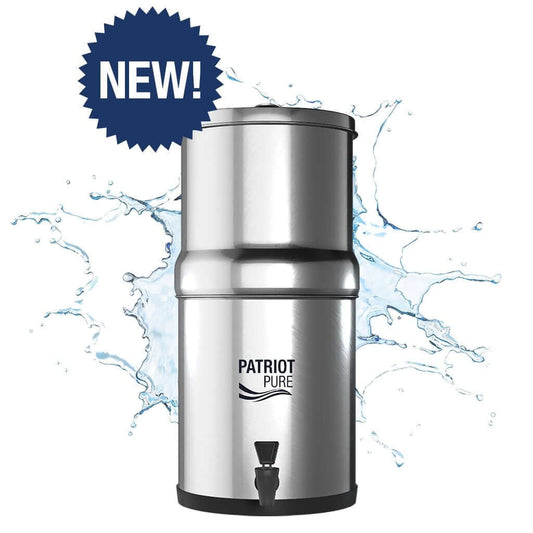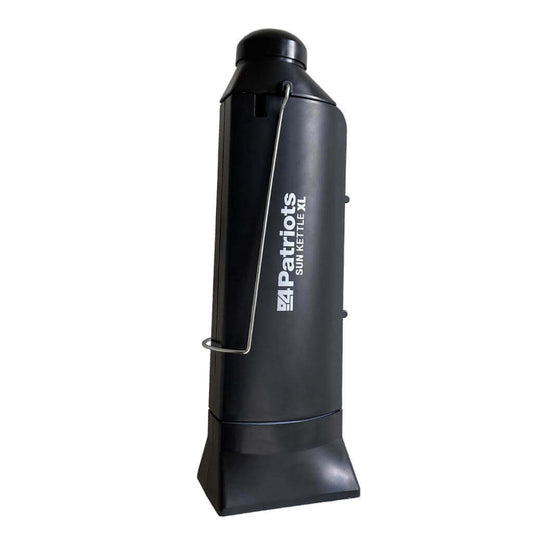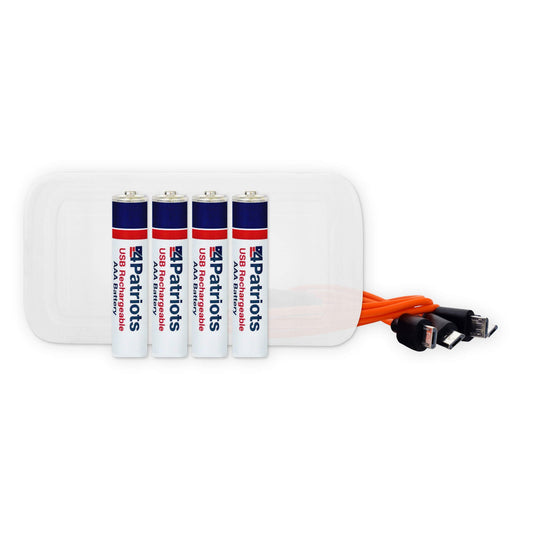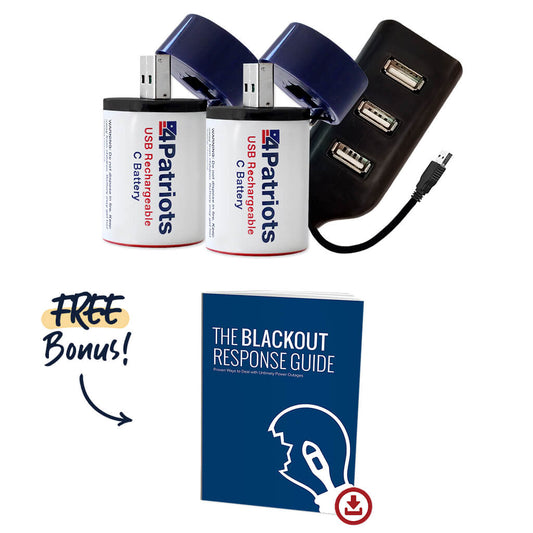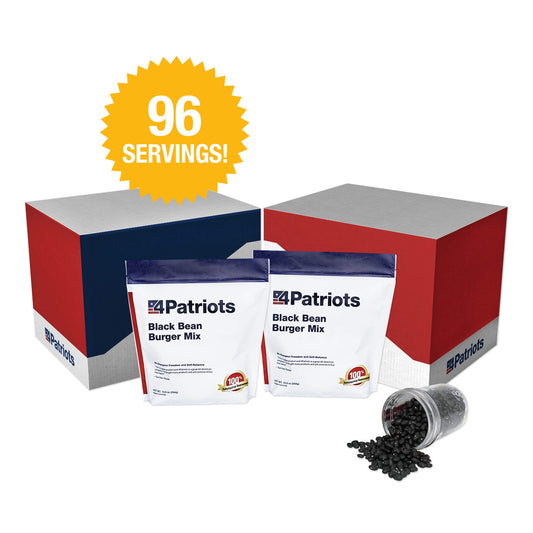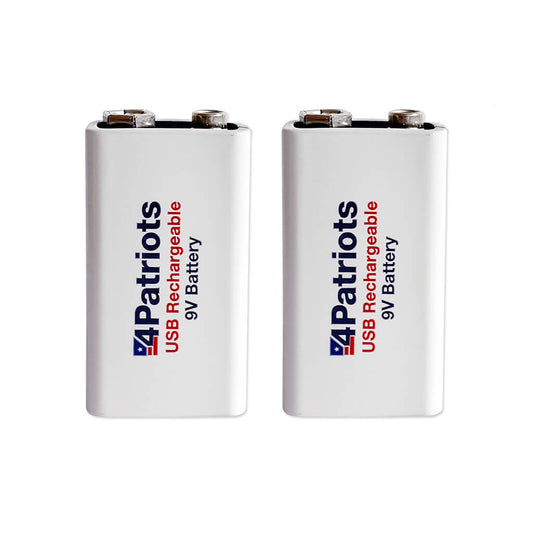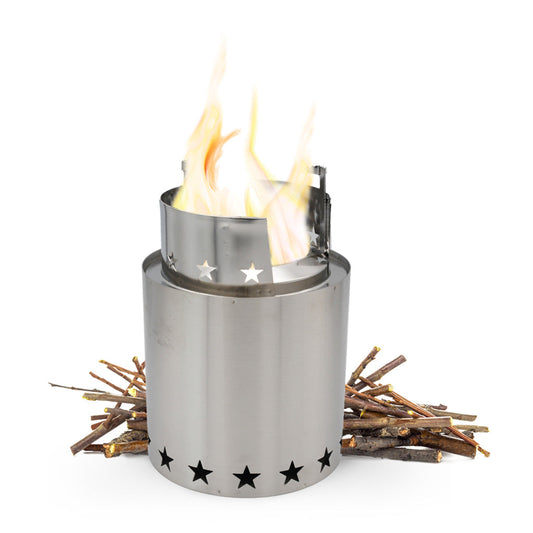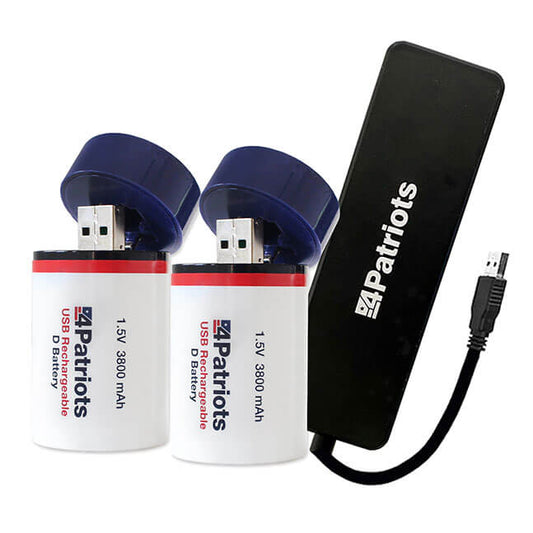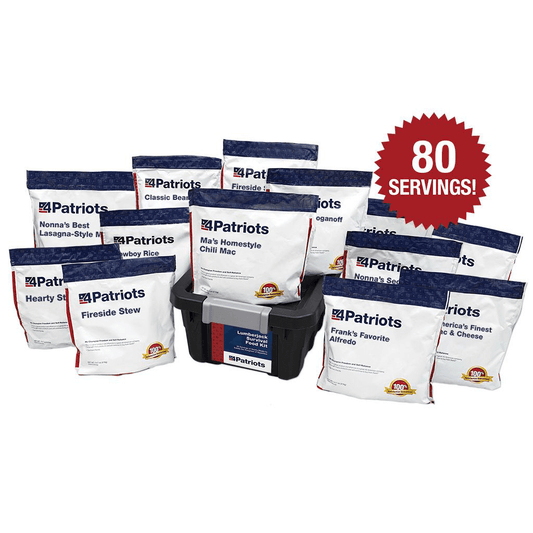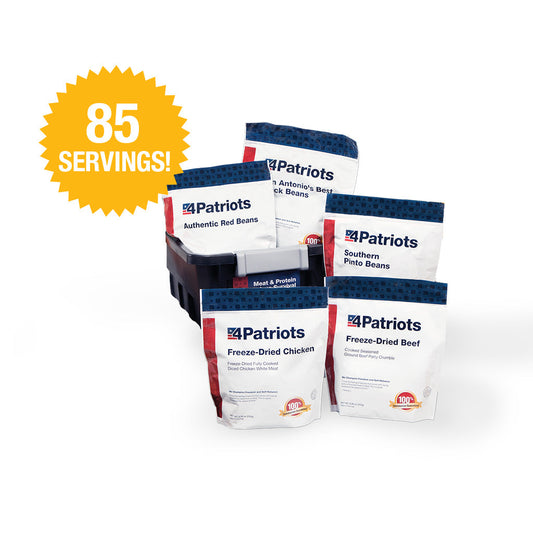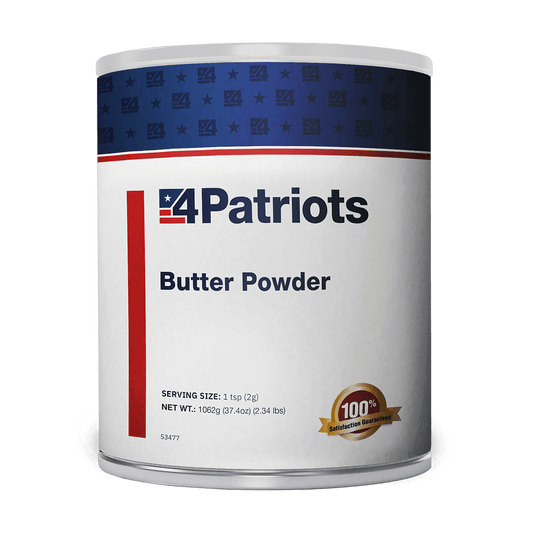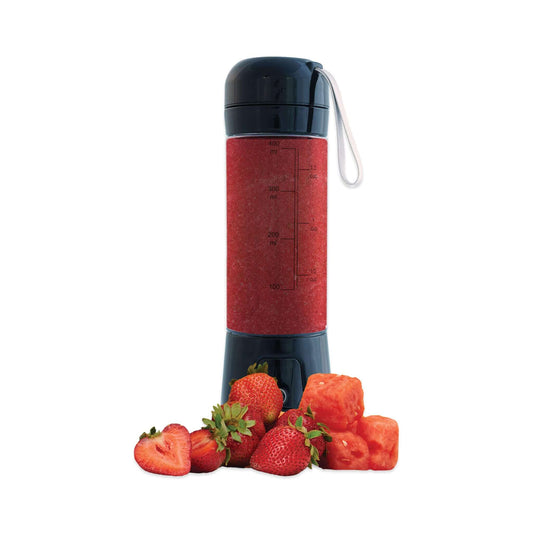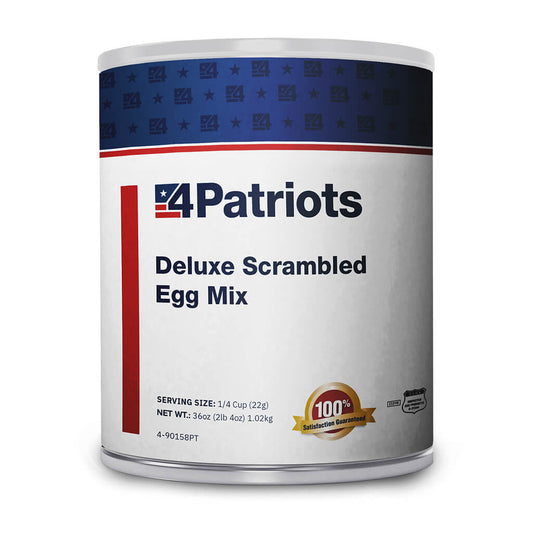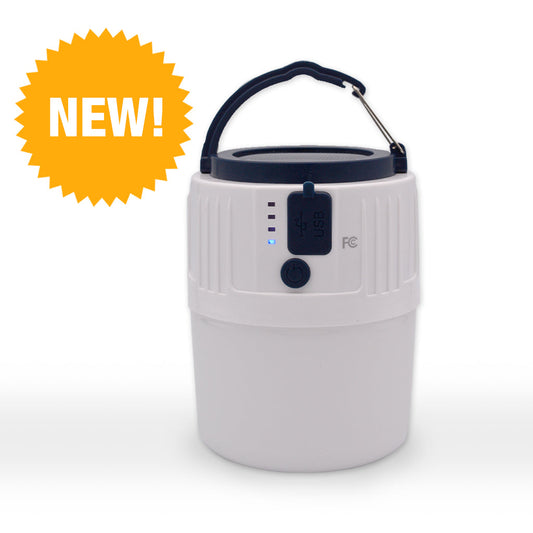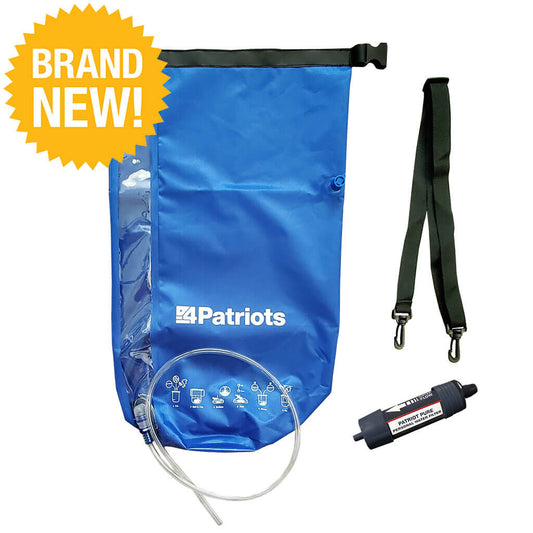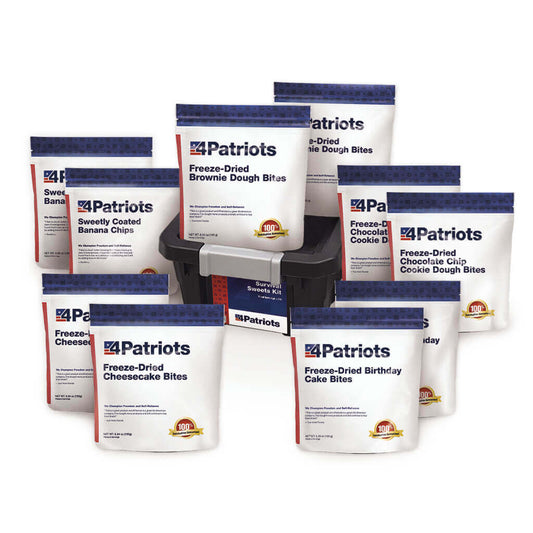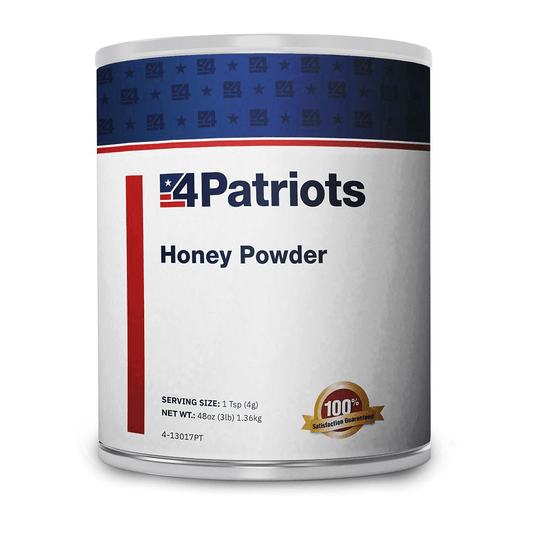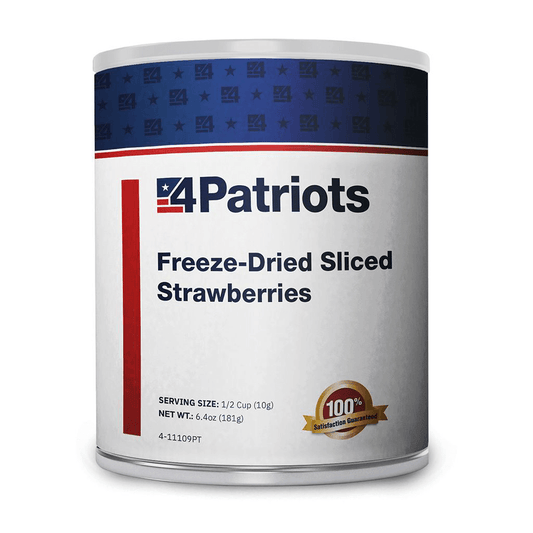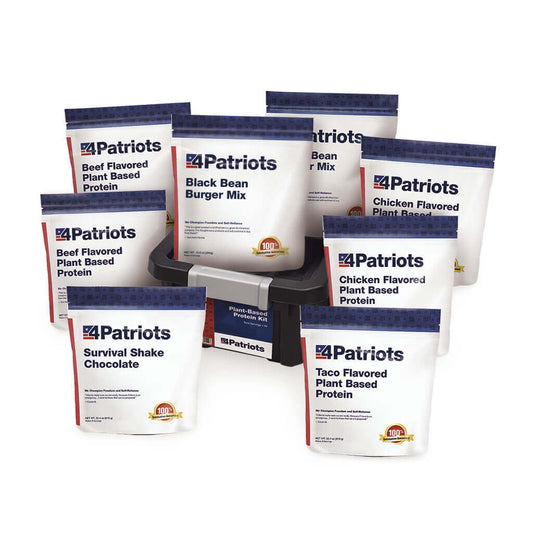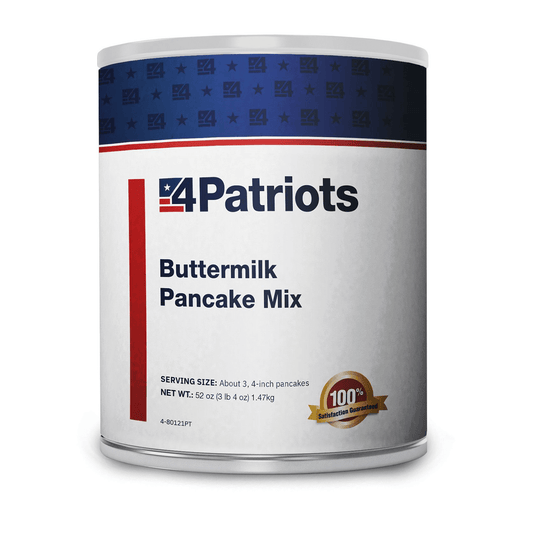
Extreme Weather Aftermath? Polluted Drinking Water!

Living through hurricanes, tornadoes or other extreme weather events can be traumatic.
That’s true even if you’ve stockpiled supplies and boarded up windows. As well as hunkering down in the safest room of the house.
At that point, all you can do is wait it out and pray your home won’t be damaged. Or worse.
Even if you and your family members come out of it unscathed, there are problems to deal with in the aftermath. Including flooding and downed power lines.
Hurricane Laura Slams Louisiana
Here’s an even greater and more long-lasting concern following violent weather: Water contamination.
Hurricane Laura is an example. Laura made landfall at Cameron, Louisiana in late August as a Category 4 storm.
Its sustained winds of 150 miles per hour made it the strongest storm to hit the state since 1856.
More than 500,000 Gulf Coast residents were ordered to evacuate. The National Weather Service warned the area might be uninhabitable for weeks or months.
Chemicals Sent Into Water System
What happened one week after Hurricane Laura finished ravaging the area? Some 600,000 residents lacked clean drinking water. It was estimated the problem could go on for weeks.
Violent storms stir up chemicals, which find their way into the area’s water systems. Chemicals such as chlorine.
Wilma Subra is a chemist with the Louisiana Environmental Action Network. Here’s what she told Forbes magazine.
“When you’re exposed to chlorine and you inhale it, it destroys lung tissue. And that lung tissue can never rejuvenate.”
Hurricane Harvey Causes Contamination
Flooding can stir up toxic chemicals from waste sites. That’s exactly what occurred in Texas and Florida following Hurricane Harvey in 2017.
A New York Times study following that storm determined the level of E. coli was 135 times the safe limit. That’s a sign of fecal contamination from raw sewage.
Levels of other hazardous metals, including lead, were also raised. Hurricane Harvey caused the spilling of 560,000 gallons of crude oil, gasoline and other contaminants.
These contaminants came from wells, pipelines and storage tanks disrupted by the storm.
Groundwater Susceptible to Toxins
Water can dissolve more substances than any other liquid on earth. That’s great for the makers of Kool-Aid and Tang. But it’s also the reason so much water pollution exists.
Toxic substances from factories, farms and cities dissolve into water easily. Especially after storms stir them up.
Nearly 40 percent of Americans depend on groundwater for their drinking water. Unfortunately, it’s easily polluted. Especially when contaminants such as pesticides and fertilizers leach in from landfills and septic systems.
That groundwater often finds its way into rivers, lakes and oceans. Spreading contamination into each.
Much Surface Water Unfit
And then there is surface water. It covers about 70 percent of the earth. Surface water from sources other than oceans accounts for more than 60 percent of water delivered to American homes.
But nearly one-half of U.S. rivers and streams are unfit for drinking, fishing and even swimming. The same is true for one-third of our lakes.
Farm waste and fertilizer runoff are two of the biggest culprits. Municipal and industrial waste are also to blame.
And then there are contaminants that come from illegal dumping. People and businesses toss things into waterways that they shouldn’t.
All 50 States Affected
How prevalent is the problem of water pollution caused by extreme weather? Harmful contaminants have been found in the tap water of all 50 states. From arsenic to copper to lead and many more.
Agricultural pollution is the number one source of contamination in U.S. rivers and streams. Extreme weather exacerbates the situation.
Globally, unsafe water kills more people each year than war and all other forms of violence combined.
The number one threat to worldwide water purity is nutrient pollution. It’s caused by excess nitrogen and phosphorus in the air and water.
Our Health Is in Jeopardy
Physical dangers associated with water contamination include arthritis and low testosterone. As well as weak bones and thyroid problems.
Plus early puberty, fertility issues and low IQ in children. And cholera, giardia, typhoid and Legionnaires’ disease. Not to mention cancer, hormone disruption and altered brain function.
Those who swim in polluted waters can also have health issues. Including skin rashes, pinkeye, respiratory infections and hepatitis.
Aquatic life is also negatively affected. And as the food chain is climbed, eventually we eat fish with high quantities of toxins. Including mercury.
Wildfires Also to Blame
Anytime a major storm hits, you should assume your tap water is unsafe. The surge of extra water increases contamination. It pushes toxins from the earth into the water supply.
But it’s not just storms causing this problem. Following the deadly Camp Fire in California in 2018, 173 miles of pipeline were contaminated.
The contamination could have come from toxic waste from burnt structures. If it was flushed into the town’s water pipes.
Or it could have come from burnt plastic pipes carrying water to homes and businesses. Or both.
Patriot Pure Pitcher
The best way to stay safe from harmful contaminants in tap water is with the Patriot Pure Pitcher.
The Patriot Pure Pitcher has a one-gallon BPA-free reservoir capacity. And it can filter 150 gallons of water.
It’s compact and lightweight, and it gives you all the convenience of a water pitcher that fits directly in your fridge. Yet it can filter out truly scary stuff that other pitcher brands fall short on removing.
Such as 97.5 percent of lead. Plus 90 percent of fluoride. And 87.5 percent of chlorine. Not to mention radiological contaminants.
Having access to clean water is always essential. But it's even more crucial during a crisis where hydration and hygiene are essential to staying healthy.
>> Make your drinking water safe again with the Patriot Pure Pitcher
Featured Products
- Regular price
- From $1,137.72
- Regular price
-
- Sale price
- From $1,137.72
- Unit price
- per
- Regular price
- $354.56
- Regular price
-
- Sale price
- $354.56
- Unit price
- per
- Regular price
- $3,555.56
- Regular price
-
$4,548.04 - Sale price
- $3,555.56
- Unit price
- per
- Regular price
- $3,558.41
- Regular price
-
$4,263.26 - Sale price
- $3,558.41
- Unit price
- per
- Regular price
- From $42.65
- Regular price
-
$170.59 - Sale price
- From $42.65
- Unit price
- per
- Regular price
- $3,558.41
- Regular price
-
- Sale price
- $3,558.41
- Unit price
- per
- Regular price
- $710.54
- Regular price
-
- Sale price
- $710.54
- Unit price
- per
- Regular price
- $41.29
- Regular price
-
- Sale price
- $41.29
- Unit price
- per
- Regular price
- $3,981.32
- Regular price
-
- Sale price
- $3,981.32
- Unit price
- per
- Regular price
- $42.65
- Regular price
-
- Sale price
- $42.65
- Unit price
- per
- Regular price
- $138.12
- Regular price
-
- Sale price
- $138.12
- Unit price
- per
- Regular price
- $7,118.24
- Regular price
-
- Sale price
- $7,118.24
- Unit price
- per
- Regular price
- $71.13
- Regular price
-
- Sale price
- $71.13
- Unit price
- per
- Regular price
- From $98.25
- Regular price
-
- Sale price
- From $98.25
- Unit price
- per
- Regular price
- $286.21
- Regular price
-
- Sale price
- $286.21
- Unit price
- per
- Regular price
- From $129.54
- Regular price
-
$185.04 - Sale price
- From $129.54
- Unit price
- per
- Regular price
- $1,422.51
- Regular price
-
- Sale price
- $1,422.51
- Unit price
- per
- Regular price
- $42.65
- Regular price
-
- Sale price
- $42.65
- Unit price
- per
- Regular price
- From $42.01
- Regular price
-
$44.13 - Sale price
- From $42.01
- Unit price
- per
- Regular price
- $183.69
- Regular price
-
- Sale price
- $183.69
- Unit price
- per
- Regular price
- From $38.45
- Regular price
-
$569.29 - Sale price
- From $38.45
- Unit price
- per
- Regular price
- $4,975.22
- Regular price
-
- Sale price
- $4,975.22
- Unit price
- per
- Regular price
- From $283.36
- Regular price
-
$292.62 - Sale price
- From $283.36
- Unit price
- per
- Regular price
- $142.32
- Regular price
-
- Sale price
- $142.32
- Unit price
- per
- Regular price
- $42.65
- Regular price
-
- Sale price
- $42.65
- Unit price
- per
- Regular price
- $12.80
- Regular price
-
$42.65 - Sale price
- $12.80
- Unit price
- per
- Regular price
- $142.32
- Regular price
-
- Sale price
- $142.32
- Unit price
- per
- Regular price
- $42.65
- Regular price
-
- Sale price
- $42.65
- Unit price
- per
- Regular price
- $85.36
- Regular price
-
- Sale price
- $85.36
- Unit price
- per
- Regular price
- $17.06
- Regular price
-
$42.65 - Sale price
- $17.06
- Unit price
- per
- Regular price
- $64.01
- Regular price
-
$64.01 - Sale price
- $64.01
- Unit price
- per
- Regular price
- $35.53
- Regular price
-
$71.13 - Sale price
- $35.53
- Unit price
- per
- Regular price
- $163.68
- Regular price
-
- Sale price
- $163.68
- Unit price
- per
- Regular price
- $269.12
- Regular price
-
- Sale price
- $269.12
- Unit price
- per
- Regular price
- $710.54
- Regular price
-
- Sale price
- $710.54
- Unit price
- per
- Regular price
- $85.36
- Regular price
-
- Sale price
- $85.36
- Unit price
- per
- Regular price
- $56.89
- Regular price
-
- Sale price
- $56.89
- Unit price
- per
- Regular price
- $85.36
- Regular price
-
- Sale price
- $85.36
- Unit price
- per
- Regular price
- $28.41
- Regular price
-
- Sale price
- $28.41
- Unit price
- per
- Regular price
- $142.32
- Regular price
-
- Sale price
- $142.32
- Unit price
- per
- Regular price
- $98.25
- Regular price
-
- Sale price
- $98.25
- Unit price
- per
- Regular price
- $20.32
- Regular price
-
$31.26 - Sale price
- $20.32
- Unit price
- per
- Regular price
- $213.52
- Regular price
-
- Sale price
- $213.52
- Unit price
- per
- Regular price
- $113.84
- Regular price
-
- Sale price
- $113.84
- Unit price
- per
- Regular price
- $56.89
- Regular price
-
- Sale price
- $56.89
- Unit price
- per
- Regular price
- $163.68
- Regular price
-
- Sale price
- $163.68
- Unit price
- per
- Regular price
- $56.89
- Regular price
-
- Sale price
- $56.89
- Unit price
- per
- Regular price
- $142.32
- Regular price
-
- Sale price
- $142.32
- Unit price
- per
- Regular price
- $35.53
- Regular price
-
- Sale price
- $35.53
- Unit price
- per
- Regular price
- $35.53
- Regular price
-
- Sale price
- $35.53
- Unit price
- per





